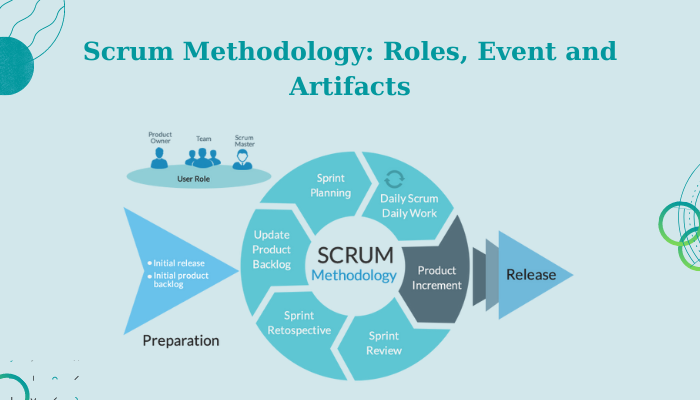What Is Scrum: A Comprehensive Overview
"What Is Scrum?" is a question frequently asked in the realm of project management and Agile methodologies. In essence, Scrum represents an Agile framework that has gained substantial recognition for its adaptability and collaborative approach to handling complex projects. Let's delve into the core principles and workings of Scrum to gain a comprehensive understanding.
Key Components of Scrum:
Scrum Roles:
Within Scrum, three pivotal roles are defined: the Product Owner, the Scrum Master, and the Development Team. The Product Owner champions stakeholder interests, prioritizes tasks, and ensures maximum value delivery. The Scrum Master facilitates the team, guiding them through Scrum practices and removing obstacles. The Development Team comprises professionals responsible for delivering the product incrementally.
Scrum Events:
These encompass Sprint Planning, Daily Stand-ups (Daily Scrum), Sprint Review, and Sprint Retrospective. These events provide the platform for planning, synchronizing, reviewing progress, and fostering continuous improvement throughout the project.
Scrum Artifacts:
Scrum artifacts consist of the Product Backlog, Sprint Backlog, and Increment. The Product Backlog houses all desired features and enhancements for the product. The Sprint Backlog contains selected items for a specific sprint, while the Increment comprises all completed product backlog items at the end of a sprint.
The Functionality of Scrum:
At its core, Scrum operates on the concept of "Sprints," time-boxed iterations where the team delivers potentially shippable increments of the product. These Sprints commence with Sprint Planning, where the team collaborates to set goals. Daily Stand-ups ensure alignment and problem-solving, while the Sprint Review and Retrospective enable showcasing completed work and process improvement, respectively.
Significance of Scrum:
Understanding "What Is Scrum" holds immense importance in modern project management. Its adaptability to changing requirements, transparency through visible progress, and emphasis on continuous improvement make it a pivotal methodology in today's dynamic business landscape.
Advantages of Scrum:
Adaptability: Scrum's flexibility allows teams to respond effectively to evolving project demands.
Transparency: Regular meetings and visible work progress provide transparency, fostering trust and collaboration among stakeholders.
Continuous Improvement: Through retrospectives, teams refine processes, enhancing productivity and product quality.
Conclusion:
In conclusion, comprehending "What Is Scrum" signifies grasping an Agile methodology that empowers teams to navigate complexities efficiently while delivering incremental value. Embracing its principles fosters a culture of teamwork, innovation, and customer-centricity, amplifying project management strategies and outcomes in today's fast-paced environment.

Comments
Post a Comment